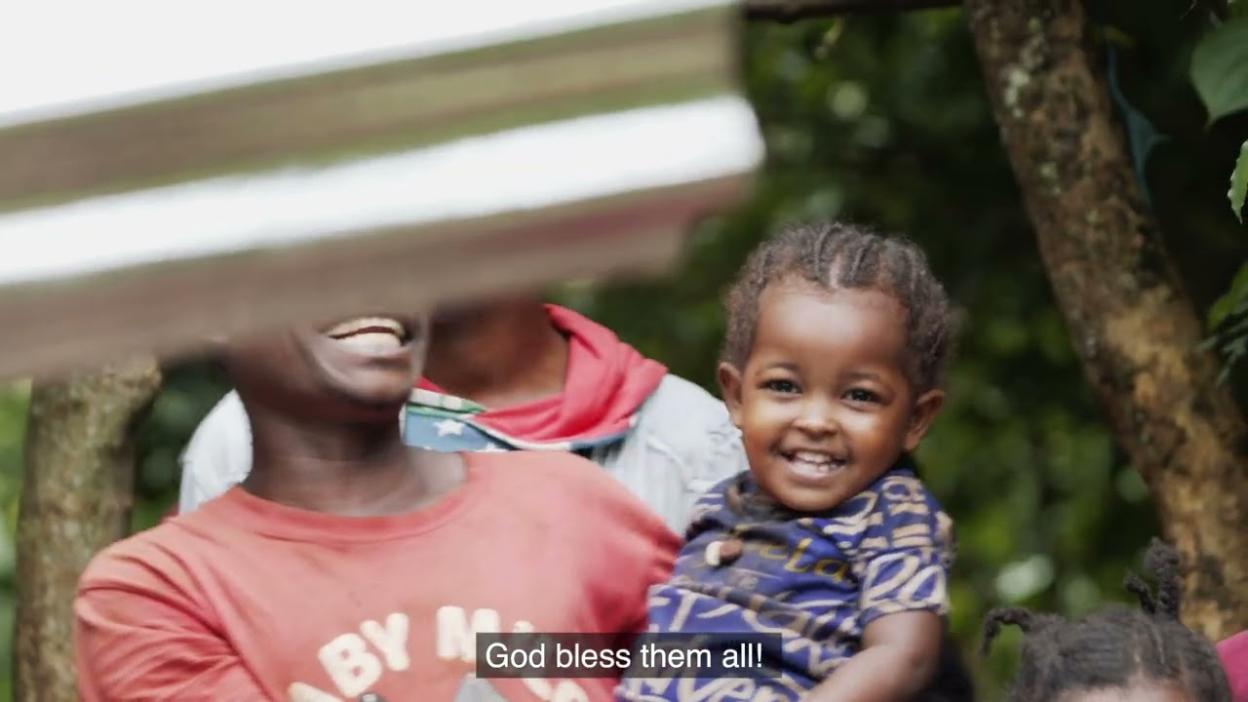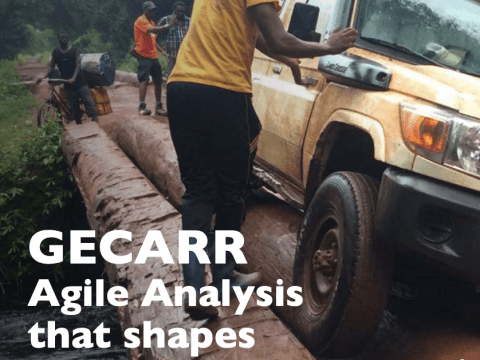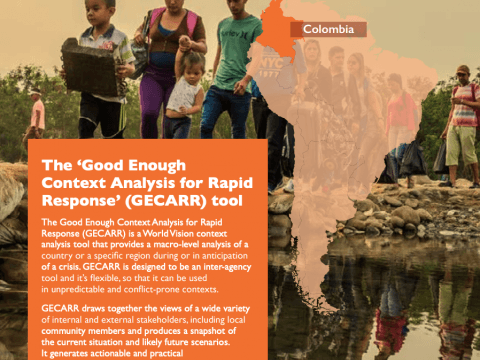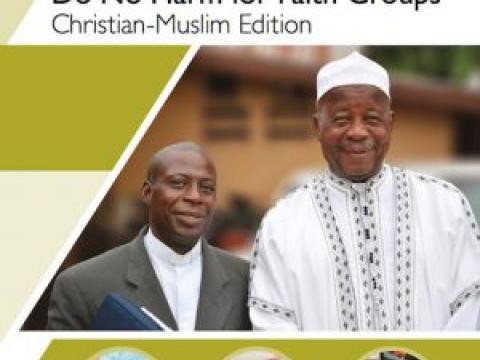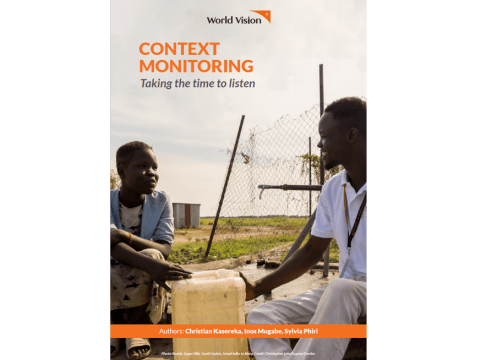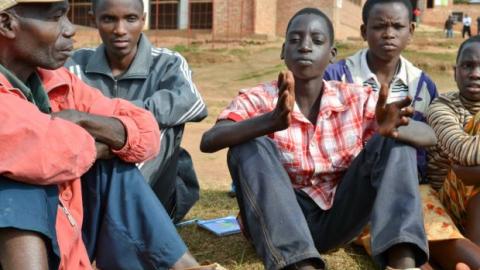Peacebuilding and Conflict Sensitivity
Our Impact
A more peaceful world
Much of our humanitarian and development work takes place in countries marked by fragility, conflict, and high levels of violence towards children. In these volatile settings, we take special care to ‘do no harm’ by making sure we understand the context and adapt to it.
We work with communities to understand the local situation, identify the root causes of conflict and vulnerability, and manage any risks relating to conflict dynamics – ensuring our programmes are always ‘conflict-sensitive’. We continuously monitor and adapt as we implement, so that our work remains safe and meaningful even in the midst of a changing situation.
As well as minimising any potential harm, we also actively promote peacebuilding activities that address the root causes of conflict. As part of our analysis we identify local capacities for peace: local knowledge, skills and opportunities which can contribute to greater peace and harmony. Together with the community, we build on this foundation to work towards safer and more peaceful places for children.
We aim to build tolerance, trust and resilience, and to promote reconciliation through all our work, everywhere we work. We do this by implementing “stand-alone” peacebuilding initiatives, by integrating peacebuilding into other intervention, or through a combination of these.
For more information on World Vision's peacebuilding work, contact World Vision's Peacebuilding team.
Our Approaches
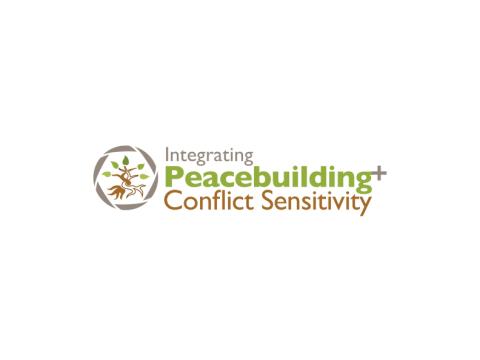
Integrating peacebuilding and conflict sensitivity
At the project and program level, World Vision uses the IPACS tool with staff and partners.
This tool is built on the Do No Harm tool paired with a combination of two approaches to integrate peacebuilding into its humanitarian and development program
1. Integrating Peacebuilding in Programming (IPIPs) with 5 strategic processes (inspired by WV’s transformational development indicators) and
2. The 8 pillars of positive peace (inspired by the work of Institute of Economics and Peace – IEP). This
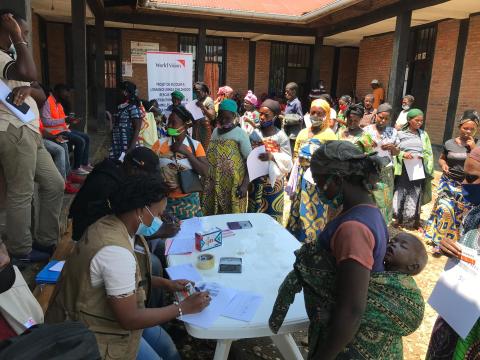
Conflict Sensitive Market Analysis Tool
The Conflict Sensitive Market Analysis Tool (CoSMAT) has been developed by World Vision’s Fragile Context Peacebuilding and Disaster Management/ Cash Voucher Teams and brings key considerations of conflict and market analysis tools1 into one practical field application for field frontline staff. It consists of a simple 4 step process to collect information, conduct analysis, map key risks and develop mitigation and joint action plans between World Vision teams, community members, local market actors and government representatives.
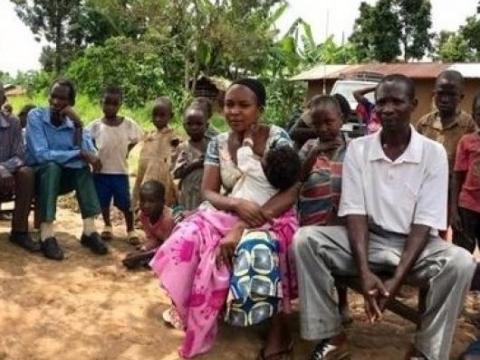
Good Enough Context Analysis for Rapid Response
Good Enough Context Analysis for Rapid Response (GECARR) is a World Vision context analysis tool that provides a macro-level analysis of a country or a specific region during or in anticipation of a crisis. GECARR is designed to be an inter-agency tool and is flexible, so that it can be used quickly in unpredictable and conflict-prone contexts. The tool is designed to produce a snapshot of the current situation.
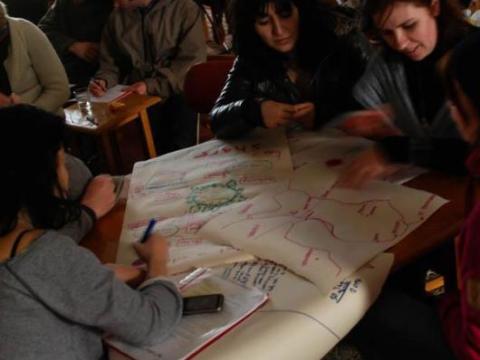
Making Sense of Turbulent Contexts (MSTC)
World Vision has developed the MSTC tool for analysing root causes and future scenarios of violent conflicts. World Vision has carried out numerous workshops in more than 40 countries in four languages, with hundreds of participants from NGOs, the United Nations and government. MSTC has been independently evaluated, featured in academic journals and conferences, and cited as one of only six tools like it by the OECD.
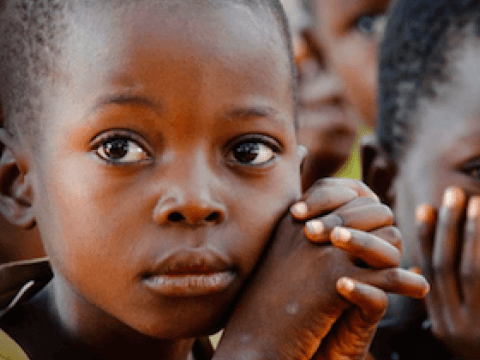
Empowering Children as Peacebuilders
Empowering Children as Peacebuilders (ECaP) – a programming guide: We build peace with and for children and young people by weaving resilience through their communities. World Vision supports, promotes and listens to children and young people in conflict affected areas – enabling them to mobilise for peace.
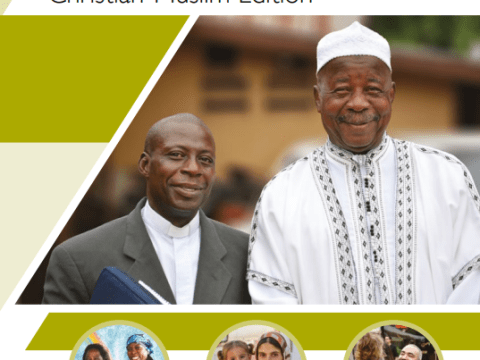
Do No Harm for Faith Groups
World Vision developed the Do No Harm for Faith Groups (DNH4FG) approach to equip faith leaders with the technical and faith content to enable them to be effective in their day-to-day work. Faith leaders can be tremendous assets for positive impact, but they can also harm their communities with their actions—often unintentionally and while trying to do good.



